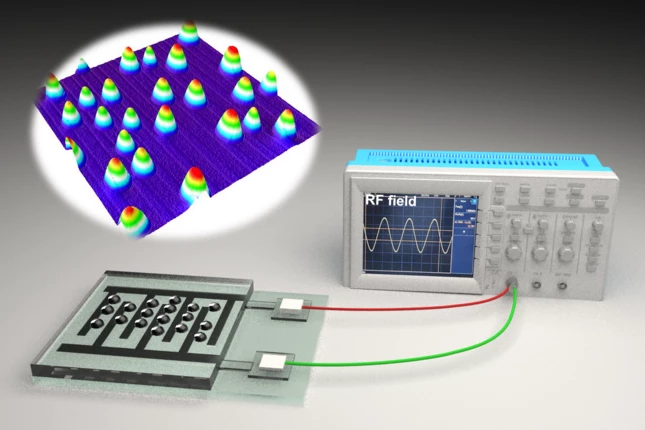In the not-too-distant future, we may see wound dressings that default to absorbing bodily fluids, while also releasing medication on demand. The same material could allow robots to cool themselves by sweating.
Described as an artificial skin, the substance was developed by a team led by Asst. Prof. Danqing Liu, at the Netherlands' Eindhoven University of Technology. It takes the form of a thin flexible sheet made of a liquid crystal polymer, into which an array of micrometer-sized pores have been inserted. Like a sponge, it can absorb liquids through those pores, via capillary action.
Once subjected to a harmless low-energy radio signal, the liquid crystal molecules within the skin twist around to align themselves with the radio waves' direction of travel. By doing so, they effectively wring the material out, causing the absorbed liquid to seep out of the pores.
The stronger the signal, the greater the amount of liquid that's wrung out. Once that signal ceases, though, the skin goes back its absorbent mode.
Upcoming tests will involve loading the material up with liquids such as antibiotics, lubricants and alcohol. A wound dressing incorporating the technology may be ready by 2025. There are also plans to build a prototype robot that stays cool by sweating through the skin, although it will likely take longer to develop.
In the video below, a yellow coating of the skin responds to a radio signal by releasing a colorless liquid into a beaker of water. A chemical reaction causes the water to turn red as the liquid is released.
A paper on the research was recently published in the journal Matter.
Source: Eindhoven University of Technology




